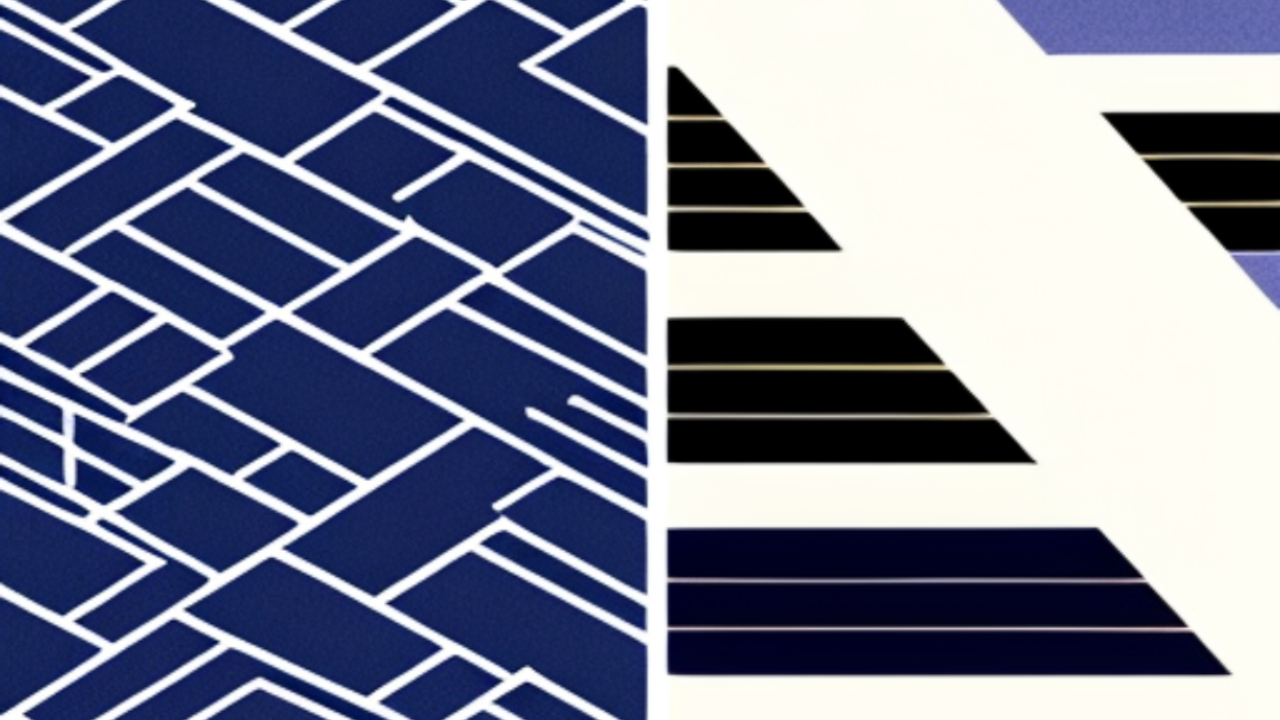SD #28: Airbnb, Storyboarding, and How to Think Outside the Box
Jan 24, 2023
(Trouble viewing images? Click view in web browser)
Read Time: 6.0 minutes
I often find that to reinvent an industry, you do not take inspiration directly from that industry, you need to look at orthogonal industries. For us, the orthogonal industry for travel was cinema. I actually literally hired a storyboard artist from Pixar. We had him storyboard the perfect Airbnb experience.
— Brian Chesky, Airbnb CEO and Co-founder
I (Douglass) learned a new word this weekend: orthogonal. Say that 5 times fast! Seriously. I'm lucky if I can say it once.
I encountered the word when Airbnb's Brian Chesky used it on the podcast, Masters of Scale with Reid Hoffman a number of years ago. I came across the episode, doing a search about how Airbnb incorporated storyboarding to improve its customer experience. Kind of nerdy, I know.
So, what exactly is orthogonal thinking and why should you or I care?
Orthogonal comes from the Greek ortho (straight) and gon (angle). It has to do with 90-degree angles that are independent of each other and at first glance, have nothing to do with each other.
But here's what it means in the context of Brian Chesky. Orthogonal thinking is about looking at things from different angles to come up with new ideas and better solutions.
What’s the Tip?
Have a problem that you can't solve or perhaps a problem that's in need of fresh perspective? Practice orthogonal thinking and allow yourself to consider a problem or opportunity from a completely different point of view.
How Do You Use It?
When thinking about your business and how to explain it to people, give yourself permission to connect things that at first glance don't seem to belong together.
One super simple way to do that is simply to ask yourself: "what's it like?" What is your business like?
Simply asking that question puts you in a different frame of mind and plants the seeds for connecting disparate things.
An example of doing that is to say, "we're the Uber of X".
But below are some better examples from real life.
What are Some Examples?
A classic example of marrying two things that at first glance don't belong together is the German minimalist school of art known as Bauhaus and Apple's simple, clean aesthetic.
Steve Jobs was heavily influenced by this art movement from the 1920s which was best captured by the Bauhaus principle, "less is more." He was attracted to its simplicity, clean lines, and unobtrusive elegance.
That's orthogonal thinking...art school movement meets computer upstart in the 1980s.
It's one thing to practice orthogonal thinking, if even by accident. But how can you practice it more intentionally?
Here are some examples of companies that do just that:
- 3M encourages employees to spend a certain amount of their time on projects that interest them, regardless of whether they are directly related to their job responsibilities. This approach has led to many successful innovations, such as the post-it note, which was created by a 3M scientist who was working on a completely different project.
- Google has a practice called "20% time," which allows employees to spend 20% of their working hours on projects that they are passionate about. This approach has led to innovations such as Google News and Gmail.
- IDEO is a design and innovation consulting firm known for its approach of "human-centered design." This approach involves considering the needs and perspectives of the people who will be using a product or service, rather than just focusing on the technical aspects. This thinking has led to designs like the first mouse for the Apple Macintosh computer.
- Netflix's approach to innovation is heavily influenced by its data-driven culture. The company uses data to inform its decisions, but also encourages its employees to think creatively and take risks. This has led to the development of its own original content, using data to suggest personalized recommendations to users, and experimenting with interactive shows.
- And of course, there's Airbnb which hired a Pixar illustrator to storyboard the customer experience!
Here's how Chesky characterized the impact of orthogonal thinking that paired storyboarding and travel:
"The best trips you’ve ever seen are the trips that characters in movies have, and we would provide that analogy in real life."
After looking at the storyboard created by the Pixar illustrator, "we realized there was this two-hour movie, and only 20 minutes were in the home. There was all this leading up to the home, getting to the airport, going around, going to dinner, or hanging out with friends out and about. Most of the trip was not in the home. We realized at that point that we needed to be in the end-to-end business of travel."
Storyboarding ended up changing Airbnb's business model as it went beyond the in-property experience.
Practically anytime a company or organization uses storytelling, it's in effect practicing orthogonal thinking.
What Are the Benefits to You?
Now, you have a way of thinking that transforms the abstract idea "thinking outside the box" into something practical, actionable, and replicable.
Those rabbit holes that you go down sometimes...allow yourself the freedom to go there. Even better, carve out 30 minutes a day to do something unrelated to your work or business.
TL;DR
- Practice orthogonal thinking. But first practice saying it:)
- When confronted with explaining your business or a new product, ask yourself the question: "what's it like?"
- Use storytelling and/or storyboarding to drill down on your customer experience. It's one of the best ways to put Orthogonal thinking into practice.
- Carve out some time each day to go down a rabbit hole...but put a time limit on it!

